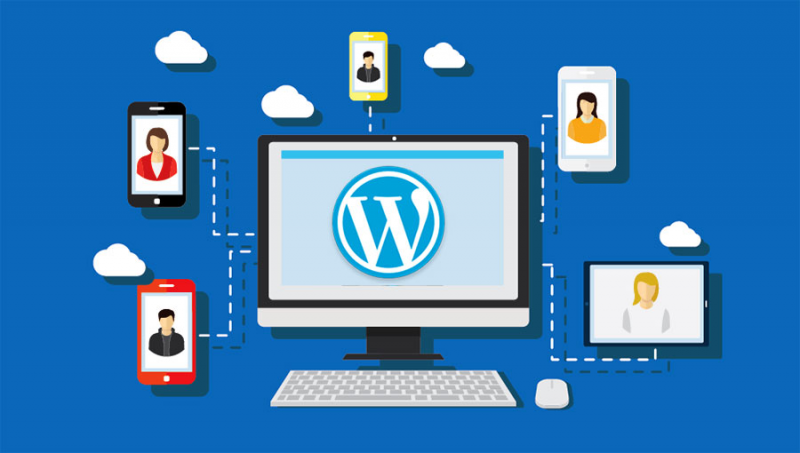For years, Google has told webmasters that site speed is important. They have also provided Google Page Speed Insights so that developers could understand the factors that Google considers when generating their score on a 0-100 score. Google has claimed that site loading performance would become part of their algorithm when it comes to where sites rank in Google searches. In May of 2020, Google announced that they will be taking things like site speed into greater consideration when it comes to how sites perform in search engines. In addition to site speed, Google will also consider mobile responsiveness and visual stability as ranking factors.
I’m Ryan, the owner and founder of Vulpine Marketing, a digital marketing agency located in Idaho Falls, Idaho. This article today will cover some of the basic principles that have helped me build websites that perform better in Google PageSpeed Insights.
Great Servers and Quality Hosting
Server responsiveness is one of the factors that can negatively impact your site speed and your PageSpeed Insights score. Using value hosting like GoDaddy, Bluehost, Hostgator and other options absolutely has merit. They provide a good service for the budget-conscious. However, if load time is the top objective, it’s very important that you use premium hosting options. For WordPress, I personally recommend WPEngine or Kinsta. In my personal experience, migrating a website from value hosting to Kinsta has raised PageSpeed Insight scores over 10 points without doing anything else.
Image Format & Size
Regardless of how impressive your website and your server is, showing large image files can really bog down a website’s load time. For many situations you don’t need your image files to be as large in width and height as they are. I recommend resizing your images in Photoshop. You can also reduce the quality of the image so that you may lose some of the data in the image file but the normal human eye may not even notice a difference. I use Photoshop to reduce the image quality but you can also use tools like TinyPNG to compress and optimize images.
As far as image format is concerned, Google recommends image formats like WebP.
Reduce the Amount of Plugins
Plugins are incredible. One of the advantages WordPress offers over other platforms is the impressive library of solutions developers have created. However, my suggestion is to use them sparingly. Be very deliberate in your plugin choices. If there is a plugin that you’d like to use, you have to make the decision if the potential site speed trade off is worth it.
I have inherited websites recently that have over 30 plugins being used on the website. Needless to say the website is slow and was performing at a PageSpeed Insight score of 6/100.
Besides site loading reasons, I also recommend keeping the amount of plugins minimal because it can reduce site hack vulnerability and issues of having some plugins conflict with one another. I have seen some plugins not play well with others and cause sites to crash as a result. It can also help save you time babysitting the websites and trying to stay on top of plugin updates.
This is something I’ve worked heavily on one of clients that I inherited from another company. The website had over 30 plugins creating some insane amount of code “bloat” that for the most part weren’t even being used! Check out this increase of the average load time. This is just after chopping out some of the plugins and not much else work:
There’s still a huge amount of work to be done on this website to increase how it performs but this is a good start. This website is https://www.thegablesfamily.com/ and we are going to be doing some great things to help move the needle on their website! But for now here’s the current Google Page Speed Insight Score:
I’ll have to update this post later when we are able to move the needle!
Reduce the Amount of Scripts
Google Analytics, CallRail, HotJar and other commonly integrated tools all carry with them a script that runs when the website loads. Every script you use will count as a request and slow the website down some. In many cases this is an acceptable trade off because the benefit outways the speed reduction. My advice is to at least be conscious and very purposeful of these third-party integrations you add to your website.
Choose the Right WordPress Theme
There are huge pros and cons for using various themes. Some things to take into consideration is that some WordPress themes right out of “the box” are more resource heavy than others. Many times these themes are heavy because the creator of the theme was trying to create a solution for website creators who are not developers. In an attempt to make the process easier, they fill the theme with additional code and bloat. Here’s a link to a list of the Fastest themes conducted by Kinsta.
For one of my client’s websites, I elected to custom develop my own theme. This is the result: https://brightideaslightingco.com/boise-electrical-contractor/
Following the suggestions in this blog post will help reduce the load time of your website and increase the Google Page Speed Insight Score. If you have any questions about this feel free tor each out to the Idaho Falls Web Designers at Vulpine Marketing.
